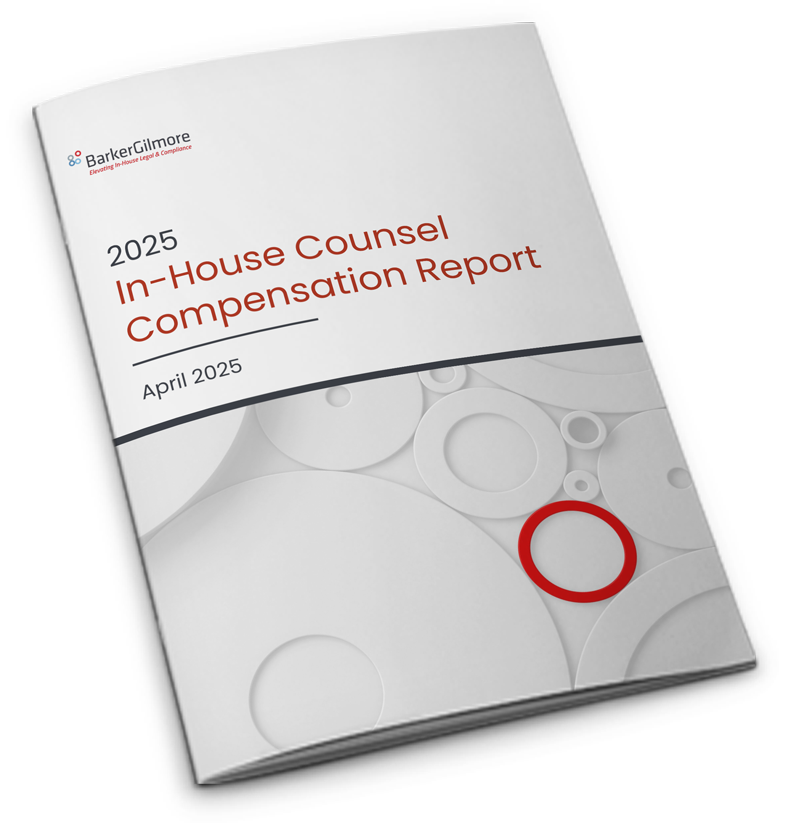If you’re expecting your GC to stay around forever, it’s probably time to change your expectations.
The role of General Counsel has been expanding in recent years. More firms see their GC not only as Chief Legal Officer, but also as an integral member of the executive team with responsibility for corporate governance, risk evaluation and even crisis management. A parallel shift is toward shorter GC tenure and more career movement. In light of these trends, how is your firm preparing for the possibility that your GC suddenly decides to retire early or seek greener pastures?
In much the same way you would protect an investment in a home or luxury goods with an insurance policy, you need to safeguard against the loss of your GC by developing a comprehensive general counsel succession plan. According to a BarkerGilmore survey, only 40 percent of surveyed companies have a formal GC succession plan in place. That leaves a whopping 60 percent unprotected, which can lead to desperation hiring or ad hoc succession, both with potentially devastating consequences. Without a plan, identifying and grooming a GC successor with the technical and leadership skills you require can take a year or more.
Recommendations to Help Avoid Surprise and Reduce Risk
Here are four key learnings about GC succession gleaned from our experience as one of the country’s top legal recruiting firms.
(1) Identify and develop successor candidates. If your GC is building a strong and capable legal team, identifying top internal candidates should be a fairly organic process. However, just having them under your roof isn’t enough. These individuals need to be monitored and groomed by your GC with the support of other C-suite members, using a formal process to evaluate internal talent.
(2) Engage all key stakeholders. Once you’re at the stage of actively identifying successors, establish a selection committee with members including the current GC, CEO, chief HR officer, a board member and possibly another key executive. You need diverse input on matters including the GC’s responsibilities based on how the position was handled in the past, plus fresh perspective on new expectations.
(3) Outline the process and timeline. A written plan is essential for keeping your team on track and ensuring that you’re setting appropriate expectations for candidates. The plan should first establish your target hire date then work backward to set deadlines based on a detailed transition process and timeline. Again, it may take at least a year to ensure that you’ve identified, recruited if necessary, assessed and integrated the right successor. The plan should clearly define the role and responsibilities of the new GC, with established benchmarks against external talent.
(4) Make succession planning part of your strategic plan. Whether you’re grooming a successor from within your legal department or preparing to go outside for professional legal recruiting, succession management should be an integral part of your legal department’s strategic planning. At the least, the loss of your GC can mean a drain on institutional knowledge and potential legal exposure. At the worst it can lead to organizational upheaval.
Click here for more focused insight on GC succession planning and legal recruiting.
Connect with a legal recruiting advisor
* indicates required fields



